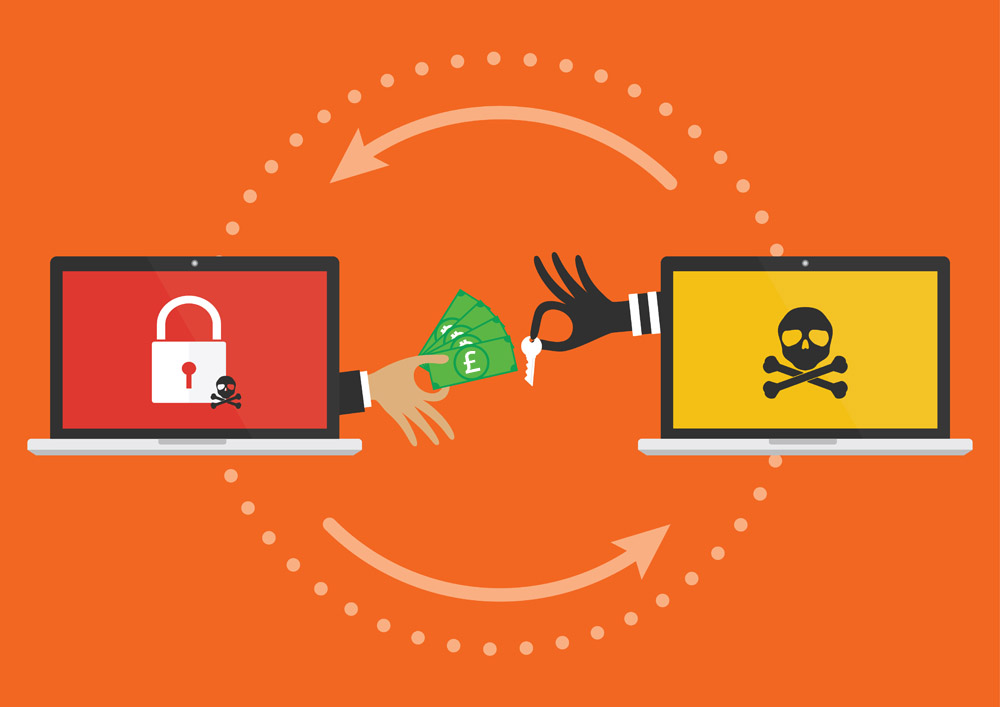Sophos has published the findings of its global study, The State of Endpoint Security Today which shows the extent to which public and private sector organisations are at risk of repeated ransomware attacks and are vulnerable to exploits. This has been announced in conjunction with the launch of Sophos’ latest version of Intercept X, which is now enhanced with malware detection powered by advanced deep learning neural networks.
The State of Endpoint Security Today
The State of Endpoint Security Today survey polled more than 2,700 IT decision makers from mid-sized public and private sector organisations in 10 countries worldwide, including the US, Canada, Mexico, France, Germany, UK, Australia, Japan, India, and South Africa. The survey concludes that despite the high profile headlines of 2017, businesses are still not prepared to face today’s fast-evolving threats.
Key findings include:
· 54 percent of public sector organisations admitted to being hit by ransomware in the last year
· According to those impacted by ransomware last year, the average total cost of a ransomware attack in public sector organisations was ?369,604. This extends beyond any ransom demanded and includes downtime, manpower, device cost, network cost, and lost opportunities. 14 percent of those surveyed reported a total cost of ?500,000 or more
· Healthcare is the industry most likely to fall victim to a ransomware with over three quarters of respondents (76 percent) hit in the last year.
· Despite healthcare having the highest propensity to suffer an attack (76 percent), it is also the sector with the highest level of anti-ransomware protection in place. Potentially because cybercriminals perceive healthcare as a soft target so disproportionately target this sector.
“Ransomware is not a lightning strike – it can happen again and again to the same organisation. Cybercriminals are deploying multiple attack methods to succeed, whether using a mix of ransomware in a single campaign, taking advantage of a remote access opportunity, infecting a server, or disabling security software,” said Dan Schiappa, senior vice president and general manager of products at Sophos.
“Due to this complexity and intelligence of modern threats, traditional endpoint technologies are often unable to keep up with advanced exploit attacks used to compromise a system. This is why the latest verion of Sophos Intercept X has added predictive, deep learning capabilities which can learn by experience, create a high accuracy rate, and a low false positive rate. Intercept X can bring the most advanced next-generation protection to any organisation, regardless of their current strategy”





